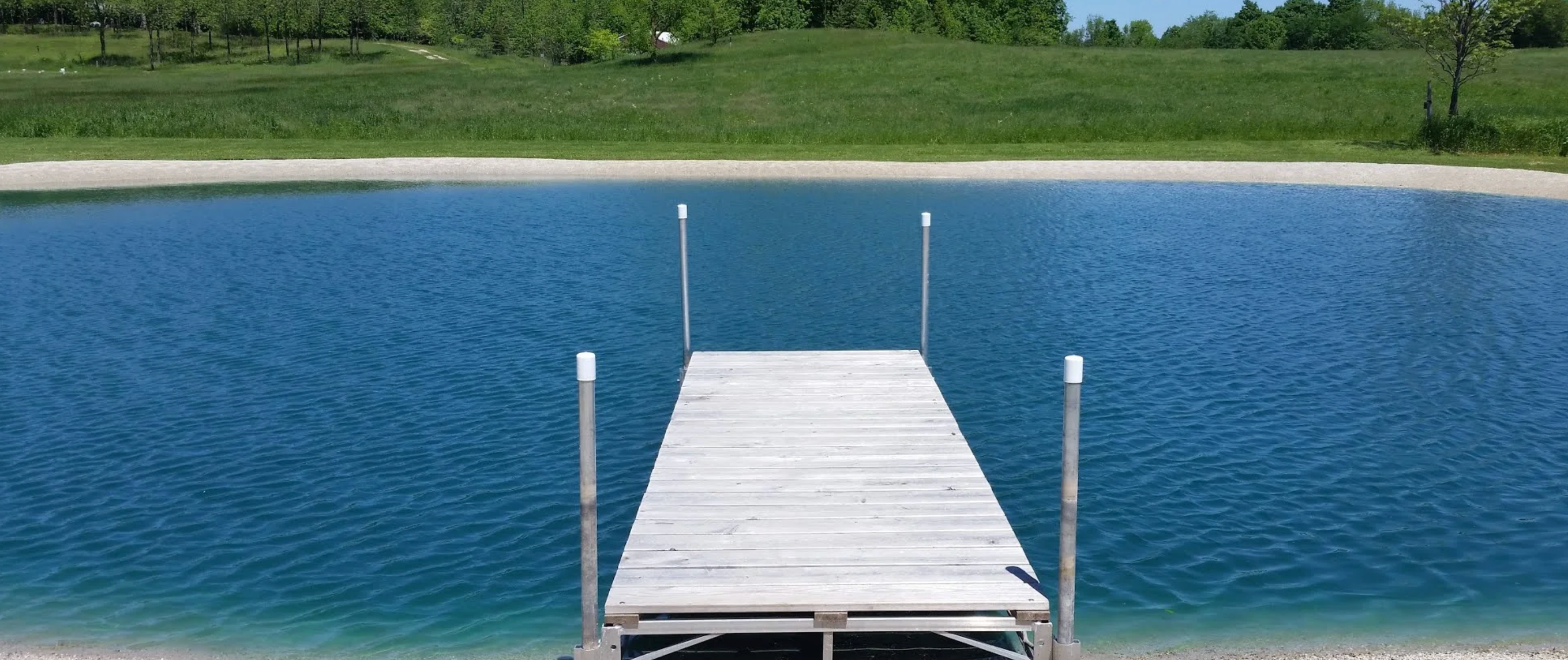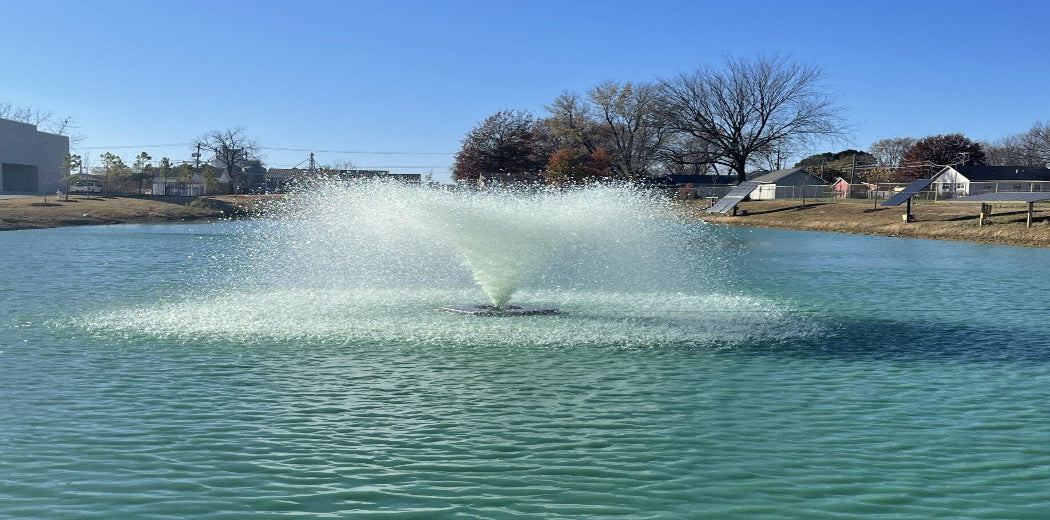Eurasian Milfoil

The Eurasian watermilfoil is a non-native, submersed perennial. It has long underwater stems that branch out profusely when they reach the surface of the water. Leaves are whorled on the steam at each node. They are finely divided and feather-like in appearance. Stems reaching the surface often branch to form a thick canopy on the water surface and produce small reddish flowers. Eurasian watermilfoil can grow in a variety of habitats and conditions. Eurasian watermilfoil also adapts to shallow or deep water, fresh or brackish water and it resists a wide temperature range. It thrives in waters with an overabundance of nutrients, extensive motorboat use, and where it can get plenty of sunlight. Due to its tendency to branch out and form dense canopies over the water surface, it will shade out native vegetation and therefore, out-compete beneficial, native species. Eurasian watermilfoil is not a valuable source of food for waterfowl, unlike many submerse, native plants. It can also impact fish population negatively due to loss of foraging space caused by its dense growth. Dense beds of Eurasian watermilfoil make recreational activities nearly impossible.
Prevention
Eurasian watermilfoil can produce 100 seeds per plant, but germination of these seeds rarely takes place. It mainly reproduces through fragments that will set up roots and become new plants once the water reaches about 60 degrees F in the spring. These new plants will grow rapidly and aggressively, especially in nutrient-rich environments. Aquatic equipment used in infested waters may have plant material attached; these fragments can be transported to other waters and start a whole new infestation. The Eurasian watermilfoil can stay alive for weeks out of the water if kept moist. When using water facilities such as ponds, lakes, and rivers, make sure all clothing, boats, trailers, and any related equipment are free of plant material prior to leaving. New infestations occur when plant fragments stick to objects used in affected waters. Clean and flush watercraft to rid them of any plant contaminants. Preventing the introduction and spread of this invader is the easiest and cheapest way to control it. If is it too late and plants are already established, treatments should start in early spring before plants become dense and costly to manage.
Biological Control
Beneficial Bacteria products and enzymes such as PZ900 feed on nutrients in the water making them unavailable for plant growth. Reducing nutrients can help prevent invasion.
Physical/Mechanical Control
Mechanical control methods are effective at reducing the current abundance of plants and are useful to clear channels or maintain access. However, it will not result in long-term control and depending upon growing conditions, several removals may be needed each year unless roots are removed and plants are harvested close to the sediment. It is imperative to monitor and clear out any new growth to avoid future reinvasion. Physical removal in conjunction with chemical control will maximize success.
Dyes and colorants reduce aquatic plant growth by limiting sunlight penetration and reducing photosynthesis.
Aeration has also been used as a mechanical approach to hinder pondweed proliferation. The added oxygen will accelerate the decomposition process of nutrients that pondweeds need to live.
Chemical Control
When used carefully according to the label instruction, aquatic herbicides can be safe and effective management tools. The products that have been successful in treating Eurasian watermilfoil individually or in combination are Tribune and Weedtrine D, Aquathol K – liquid, Aquathol Super K – granular, Clipper SC, , Sonar AS and Sonar RTU. A nonionic surfactant Cygnet Plus should be mixed in solution with herbicides when plants are treated.
Tribune - Reward are fast-acting contact herbicide, highly effective in killing any part of the plant that comes into contact with.
Weedtrine D is a contact, non-volatile herbicide for use in controlling submersed and floating aquatics weeds. Weedtrine-D has rapid absorption and herbicide action.
Aquathol K (liquid) is a concentrated, highly soluble contact herbicide, effective against a broad range of aquatic plants.
Aquathol Sure K (granular) this contact herbicide has been effective on pondweeds and can be mixed with copper compounds for additional efficiency.
Sonar A.S. is long-acting systemic herbicide ideal for water bodies with minimal flow. Simply mix Sonar A.S. with water and spray throughout the surface of the water or pour in different spots around the pond. Sonar A.S. does not have water use restrictions.
Sonar RTU is a long-acting, systemic, easy to use herbicide. Sonar RTU does not require mixing, simply open the bottle and treat from the shoreline.
Clipper SC offers fast and selective control of hard to kill submerged pond weeds, Chara, and Filamentous algae. Clipper SC was nominated as leader in its class for unrivaled control of of aquatic weeds and algae. Clipper SC dissipates quickly from the water and does not accumulate in the sediment.
Cygnet Plus is a nonionic wetting agent, sticker, activator, and penetrant all in one. Cygnet Plus increases the effectiveness of herbicides uptake into the plant tissue.





